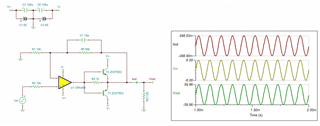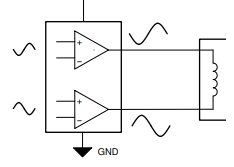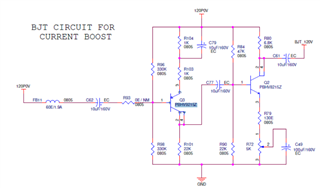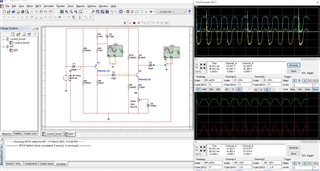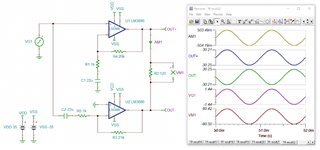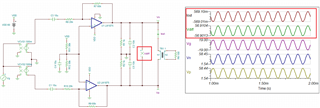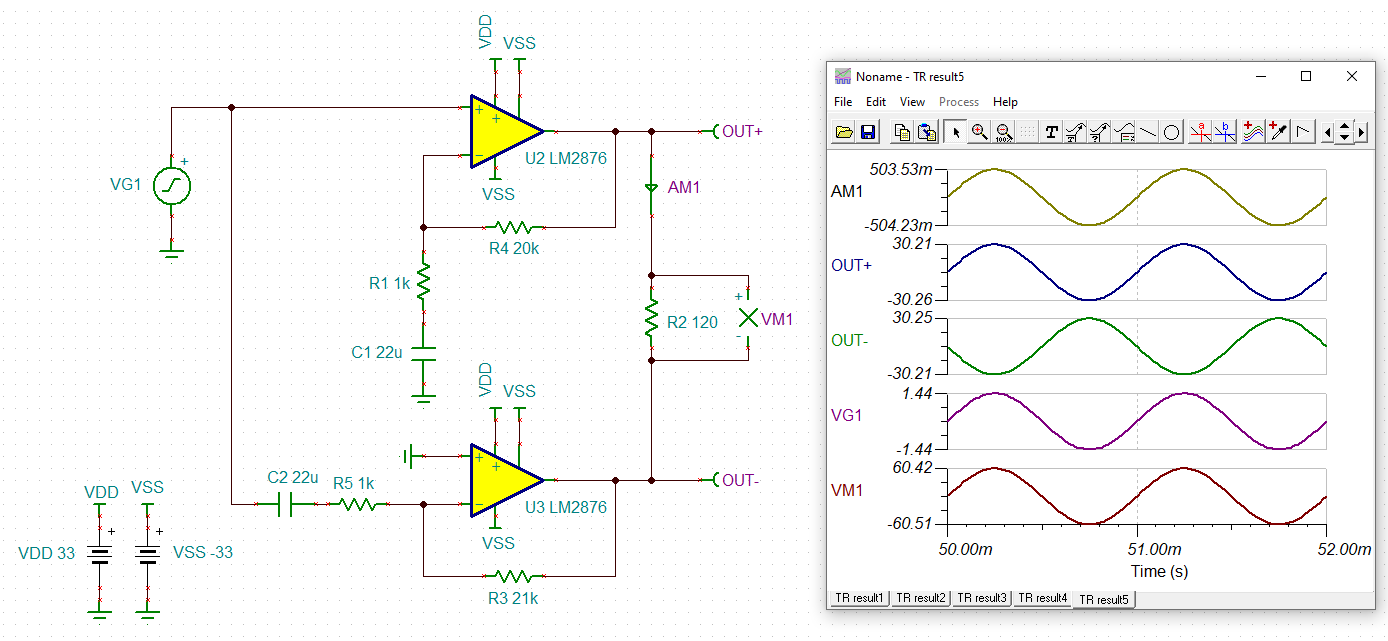Other Parts Discussed in Thread: LM1875, LM2876, TINA-TI
Hi texas team,
I am using OPA455 to generate +/-120vpp sine wave signal(Supply Voltage +/_ 60V) but as per my requirement i need to drive 500mA load. Kindly suggest how to increase output current.
Thanks
Saravanakumar D



